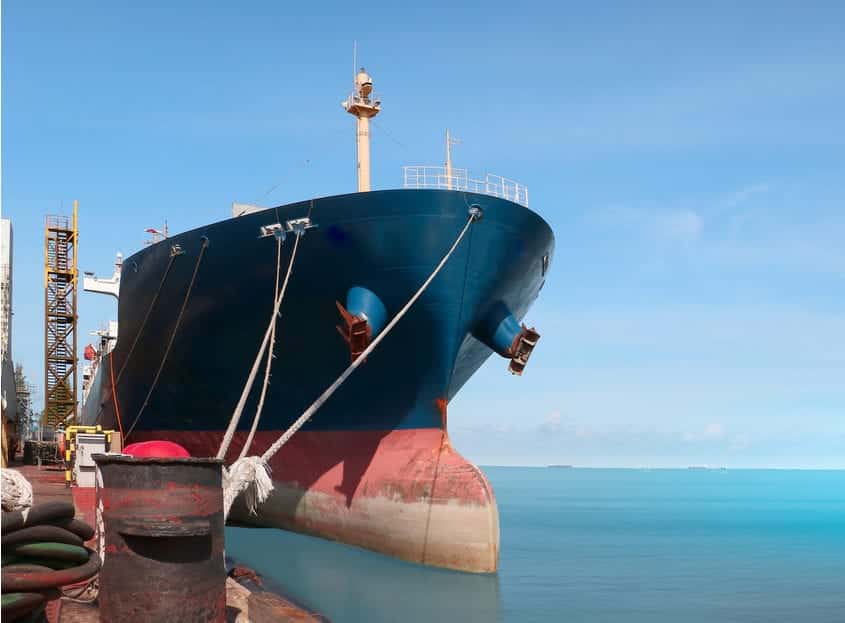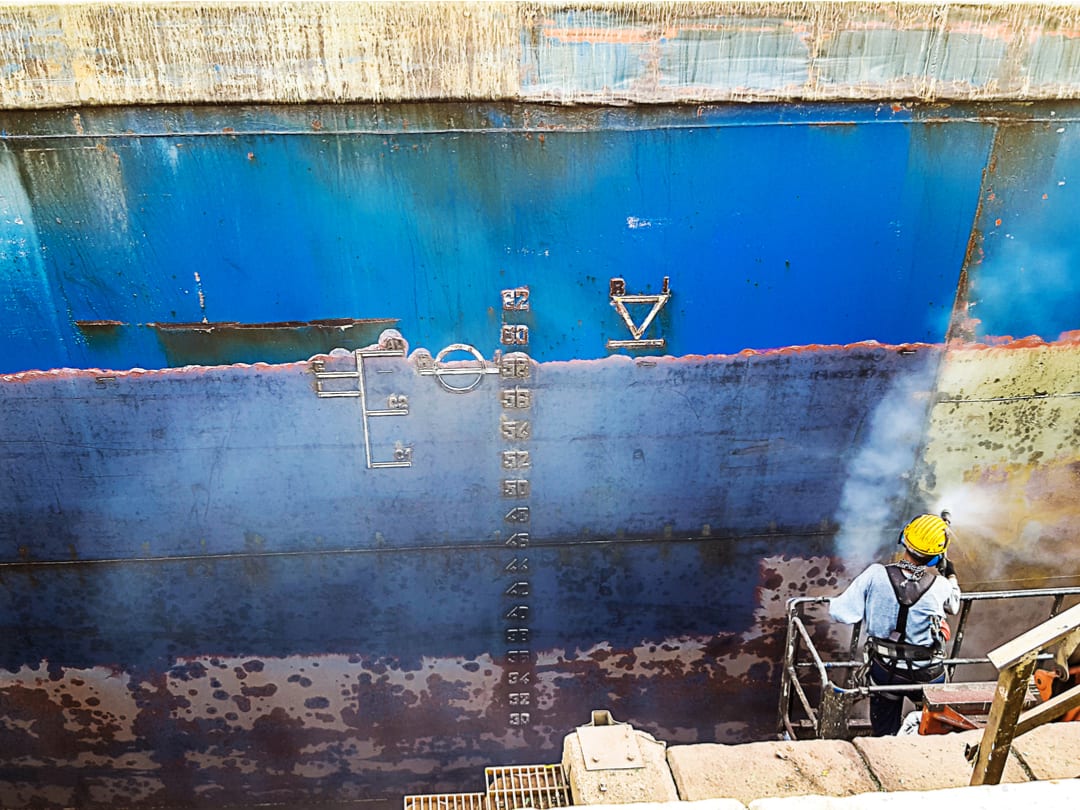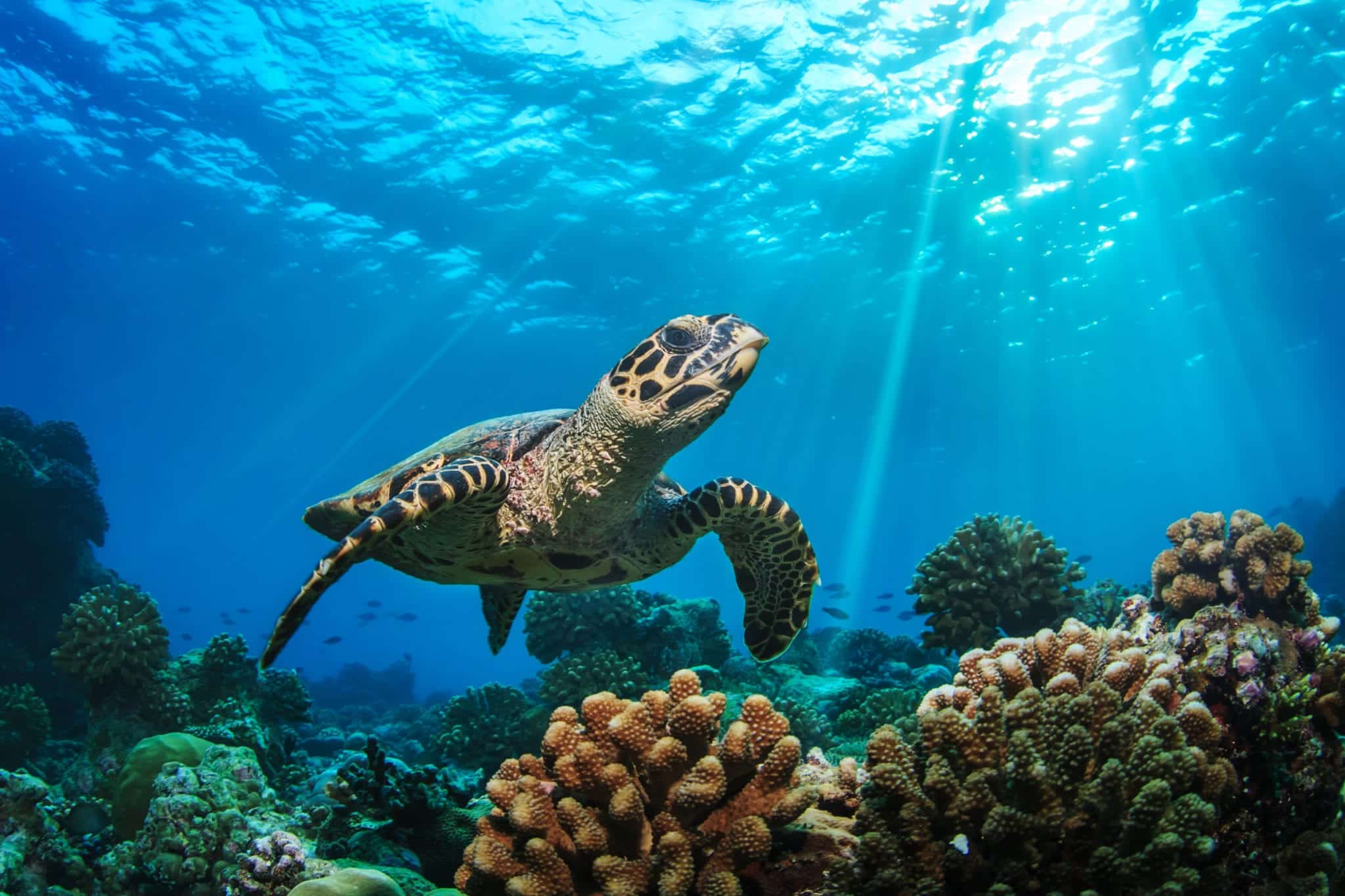
Antifouling Properties
Some antifouling coatings applied to ships employ silicone-hydrogel and biocide science. Surface retention of the biocide activates the hydrogel, which effectively holds fouling organisms at bay, cutting friction to a minimum while utilizing a minimum amount of biocide. Tested in sea trials and extended idling periods, the coatings have demonstrated fouling resistance of up to 120 days during idle periods, as well as average fuel savings of 6%.
Source: Hempel
Eco-Efficiency
Special marine coatings called antifouling coatings help reduce the growth of marine organisms on immersed areas of ships, which reduces the ship’s energy and fuel consumption. Antifouling coatings carry tremendous eco-efficiency benefits: when applied to tankers, bulk cargo and other vessel types, they can reduce greenhouse gas and other emissions by an average of 9% — no small feat, since shipping counts for an estimated 3% of global greenhouse gas emissions.
Source: Energy and GHG Emissions Savings Analysis of Fluoropolymer Foul Release Hull Coating, Energy & Environmental Research Associates, 10th December 2010, for International Paint, LLC.


Protecting the Ecosystem
Antifouling coatings play an important role in protecting marine environments from the spread of invasive species: increased world trade and subsequent transport of goods across the oceans and along coastlines has resulted in the introduction of non-native organisms that are harmful to sensitive marine environments because organisms attach to the hulls of ships. Antifouling coatings, many of which employ safe biocides, work to protect valuable ecosystems from this devastating biofouling and invasive species threat.
Source: International Maritime Organization’s Biofouling Correspondence Group, “Summary of Biofouling Research, September 6, 2008